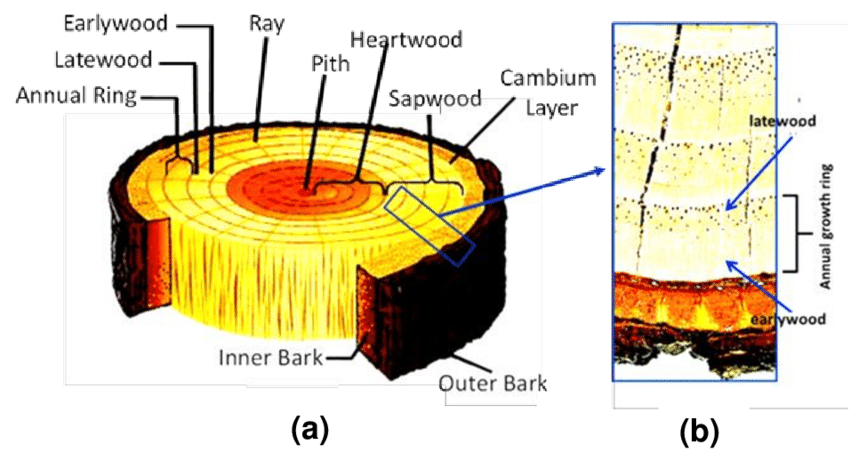When it comes to outdoor furniture, teak is often touted as one of the best options available. Its durability, natural beauty, and resistance to the elements make it a popular choice for homeowners and businesses alike. However, a common question arises: can teak furniture be used in all climates? Let’s delve into the characteristics of teak and how it performs across different weather conditions.
What Makes Teak Unique?
Teak wood, (also botanically known as Tectona grandis) is known for its high oil content, tight grain, and strength. These natural properties contribute to its resistance to moisture, pests, and decay, making it an ideal material for outdoor furniture.
Misconception:
Generally, teak furniture is coated with some kind of wood polish or sealer or wood oil when they are kept in the exterior. And naturally, this will fade away over a period of time due to exposure to rain and sun. People mistake this to be a deterioration in the teak wood itself. But, in reality, nothing would have happened to the wood which is evident by the fact that it will regain its original fresh look if we grind (sand) it to remove one layer.

Climate Factors to Consider
- Humidity: While teak can tolerate high humidity levels, excessive moisture can lead to mold and mildew growth if not properly maintained.
- Temperature Extremes: Teak can withstand both hot and cold temperatures, but rapid fluctuations between extremes can cause the wood to expand and contract, potentially leading to cracks.
- Rainfall: Constant exposure to heavy rainfall can accelerate the weathering process, leading to fading and graying.
- Sunlight: Prolonged exposure to direct sunlight can cause teak to fade and develop a silvery patina.
- Salt Air: Teak is generally resistant to salt air, making it a popular choice for coastal areas. However, excessive salt exposure can accelerate weathering.
Maintenance Considerations
- Cleaning: Regular cleaning with mild soap and water can help remove dirt and debris, preventing the buildup of harmful substances.
- Protection: While teak’s natural oils provide some protection, applying a teak sealer or oil can enhance its resistance to moisture and UV rays, especially in harsh climates.
- Storage: If you live in a region with extreme weather conditions, consider storing your teak furniture indoors during the off-season to protect it from the elements.

In conclusion, while teak furniture is highly durable and can withstand a wide range of climates, it’s essential to consider the specific conditions in your area. By understanding the factors that influence teak’s performance and taking appropriate maintenance measures, you can ensure that your teak furniture remains beautiful and functional for years to come.
Would you like to know more about teak furniture care or maintenance tips?



















